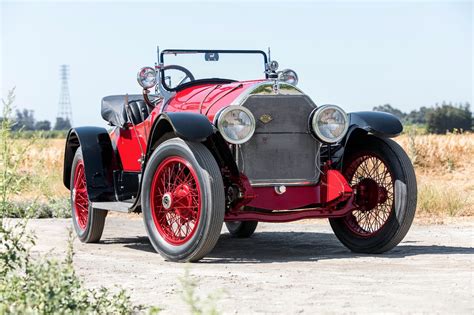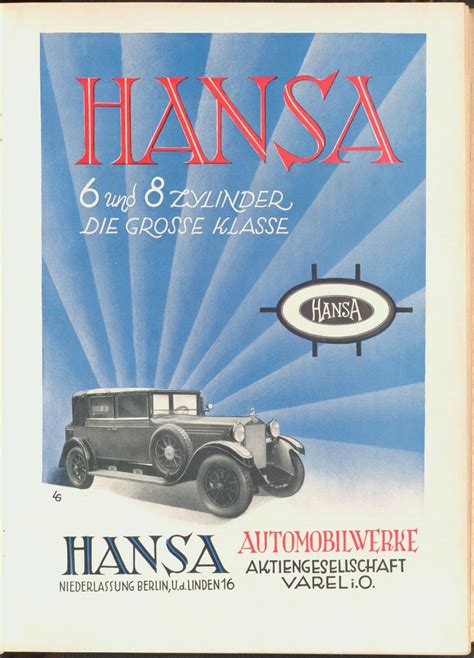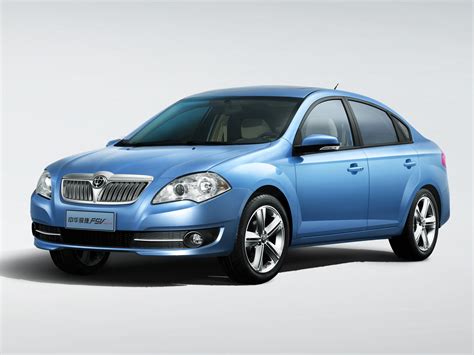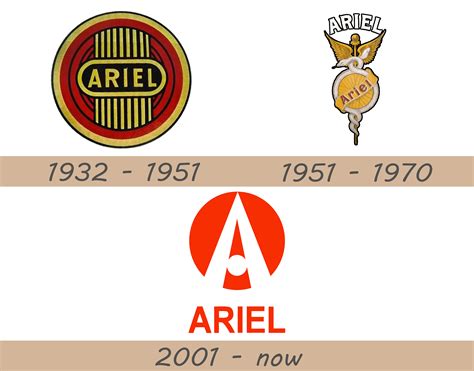Explore the history of Zastava, from its humble beginnings to its impact on the Balkans. Learn about the challenges, setbacks, and lasting legacy.
The Beginnings of Zastava
Contents
Zastava car company has a long and rich history that dates back to the early 1950s. The company was originally founded as a branch of the Italian car manufacturer Fiat, and it was initially named Crvena Zastava.
After the Second World War, Yugoslavia was in need of industrial development, and the government saw the potential for growth in the automotive industry. This led to the establishment of Crvena Zastava, which would later become Zastava car company.
In the early years, Zastava focused on assembling Fiat cars from imported parts. However, the company soon began to develop its own models, with the first domestically produced vehicle, the Zastava 750, rolling off the production line in 1955.
By the 1960s, Zastava had become the leading car manufacturer in Yugoslavia, producing a range of vehicles that catered to the needs of the domestic market.
Expansion and Growth
The expansion and growth of Zastava car company marked a turning point in its history. In the 1970s, the company began to make significant strides in both the domestic and international markets. One of the key factors contributing to this growth was the expansion of its product line. Zastava started to produce a wider variety of vehicles, including compact cars, family sedans, and even commercial vehicles. This expansion allowed the company to cater to a broader customer base and compete more effectively with other automotive manufacturers.
Furthermore, Zastava’s entry into new export markets played a crucial role in its growth. The company began exporting its vehicles to various countries in Europe, Asia, and Africa, gaining a reputation for producing reliable and affordable cars. This expansion into international markets not only boosted sales but also brought recognition and credibility to the Zastava brand.
In addition to product expansion and international growth, Zastava also focused on modernizing its manufacturing processes. The company invested in new technology and equipment, improving efficiency and productivity. This modernization initiative allowed Zastava to meet the increasing demand for its vehicles, both domestically and abroad, and maintain its competitive edge in the automotive industry.
As a result of these efforts, Zastava experienced a period of rapid expansion and growth, solidifying its position as a leading car manufacturer in the Balkans. The company’s ability to adapt to changing market conditions and innovate in its production processes ultimately paved the way for its success in the following decades.
Zastava’s Impact on the Balkans
Zastava Car Company has had a profound impact on the Balkans region, contributing to the industrial development and economic growth of countries such as Serbia, Yugoslavia, and other neighboring nations.
Originally established in the early 1950s, Zastava played a key role in helping to modernize the automotive industry in the region, providing employment opportunities and driving technological advancement.
The company’s production of vehicles such as the iconic Yugo and other models not only contributed to the enhancement of transportation infrastructure but also symbolized national pride and innovation for many individuals in the Balkans.
Zastava’s impact goes beyond just the automotive sector, as its operations and influence have had far-reaching effects on the overall economic and social landscape of the Balkans, shaping the region’s identity and contributing to its industrialization and global integration.
Challenges and Setbacks
Throughout its history, Zastava Car Company has faced a number of challenges and setbacks. One of the major challenges the company has encountered is economic instability. Due to various economic crises in the Balkans region, Zastava has struggled to maintain its financial stability. This has resulted in production delays, reduced workforce, and fluctuating sales figures.
Another significant setback for Zastava was the impact of political instability. The company’s operations have been greatly affected by political tensions in the Balkans, leading to disruptions in the supply chain, export limitations, and market uncertainties.
In addition to these external challenges, Zastava has also faced internal struggles. One of the major setbacks was the outdated production facilities and technology. This hampered the company’s ability to compete with other international car manufacturers, leading to a decline in market share and profitability.
Furthermore, product quality and safety issues have also posed a challenge for Zastava. The company has had to deal with product recalls, safety concerns, and reputation damage, impacting consumer trust and brand loyalty.
Despite these challenges and setbacks, Zastava has demonstrated resilience and perseverance, striving to overcome these obstacles and emerge as a stronger and more competitive player in the automotive industry.
Legacy of Zastava
Legacy of Zastava
The legacy of Zastava can be traced back to its humble beginnings as a small arms manufacturer in Serbia in the early 20th century. The company quickly expanded its operations to include the production of automobiles, and it soon became known for producing reliable and affordable vehicles that were popular not only in Serbia, but also throughout the Balkans and beyond.
Despite facing numerous challenges and setbacks over the years, including economic upheaval and political unrest, Zastava continued to innovate and adapt, ultimately leaving a lasting impact on the automotive industry in the region. The company’s commitment to quality and its ability to overcome adversity have solidified its place in history as an influential and resilient force.
Zastava’s expansion and growth over the years have had a profound effect on the Balkans, contributing to the development of infrastructure and the economy, as well as creating thousands of jobs for local residents. The company’s legacy lives on in the memories of those who have owned and cherished a Zastava vehicle, as well as in the continued presence of its products on the roads of the Balkans.
While Zastava may no longer be in operation today, its impact on the Balkans and the automotive industry as a whole is undeniable. The company’s legacy serves as a testament to its enduring spirit and resilience, and it continues to be celebrated by enthusiasts and historians alike.
| Highlights of Zastava’s Legacy |
|---|
| Influential role in Balkan automotive industry |
| Creation of jobs and economic development in the region |
| Enduring impact on the memories of Zastava vehicle owners |
| Celebrated by automotive enthusiasts and historians |












